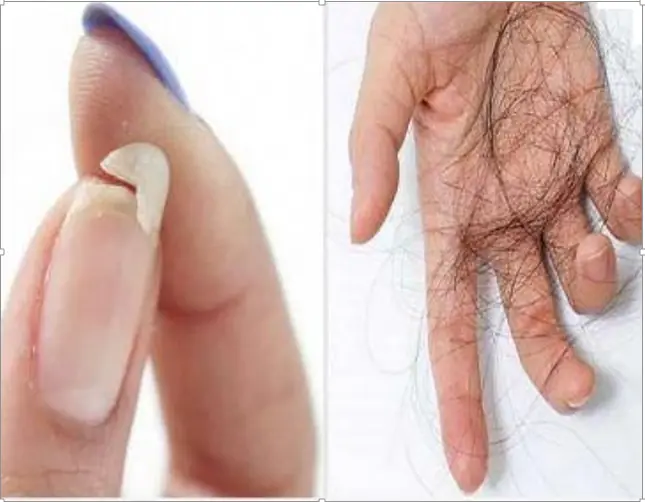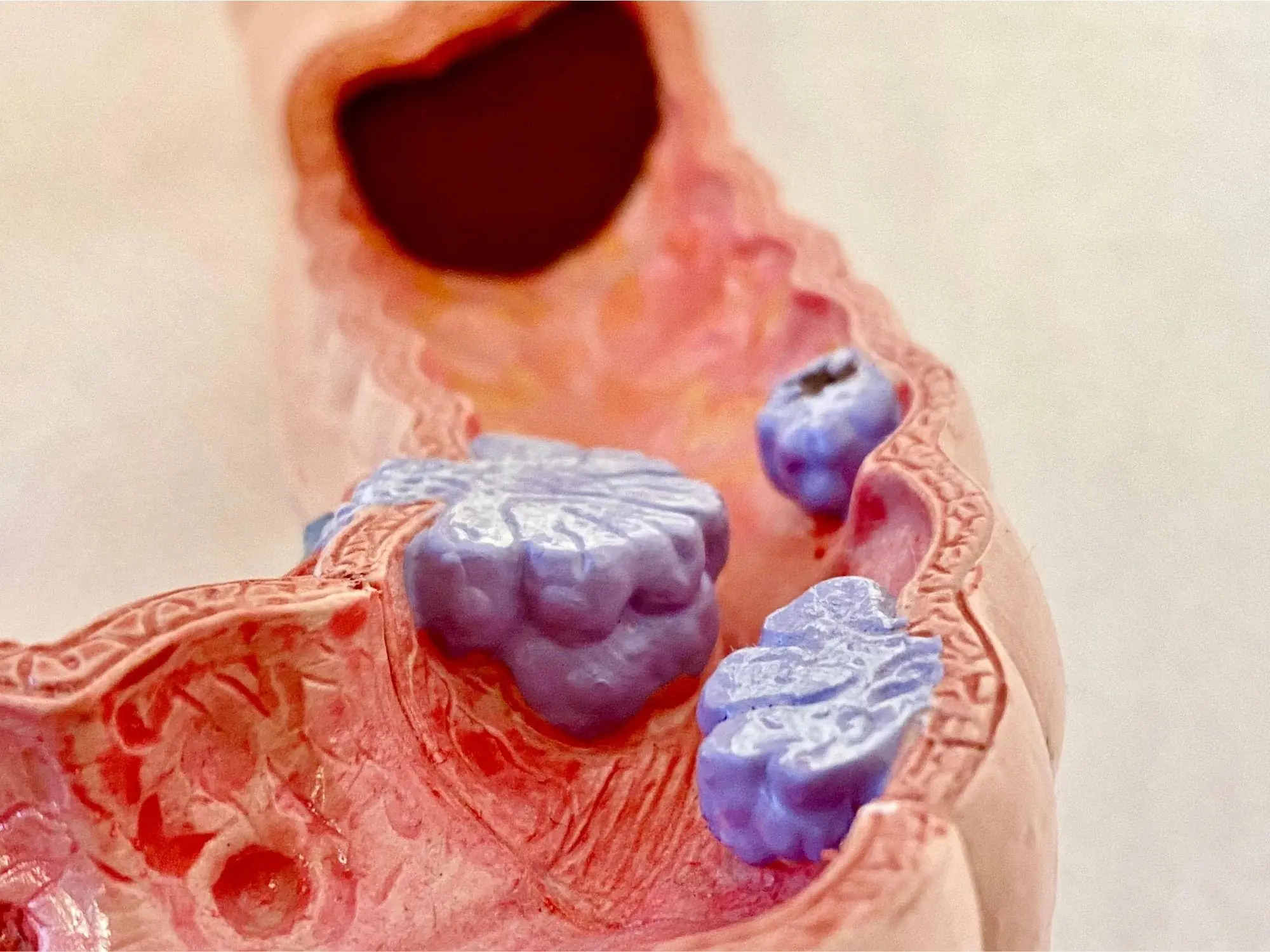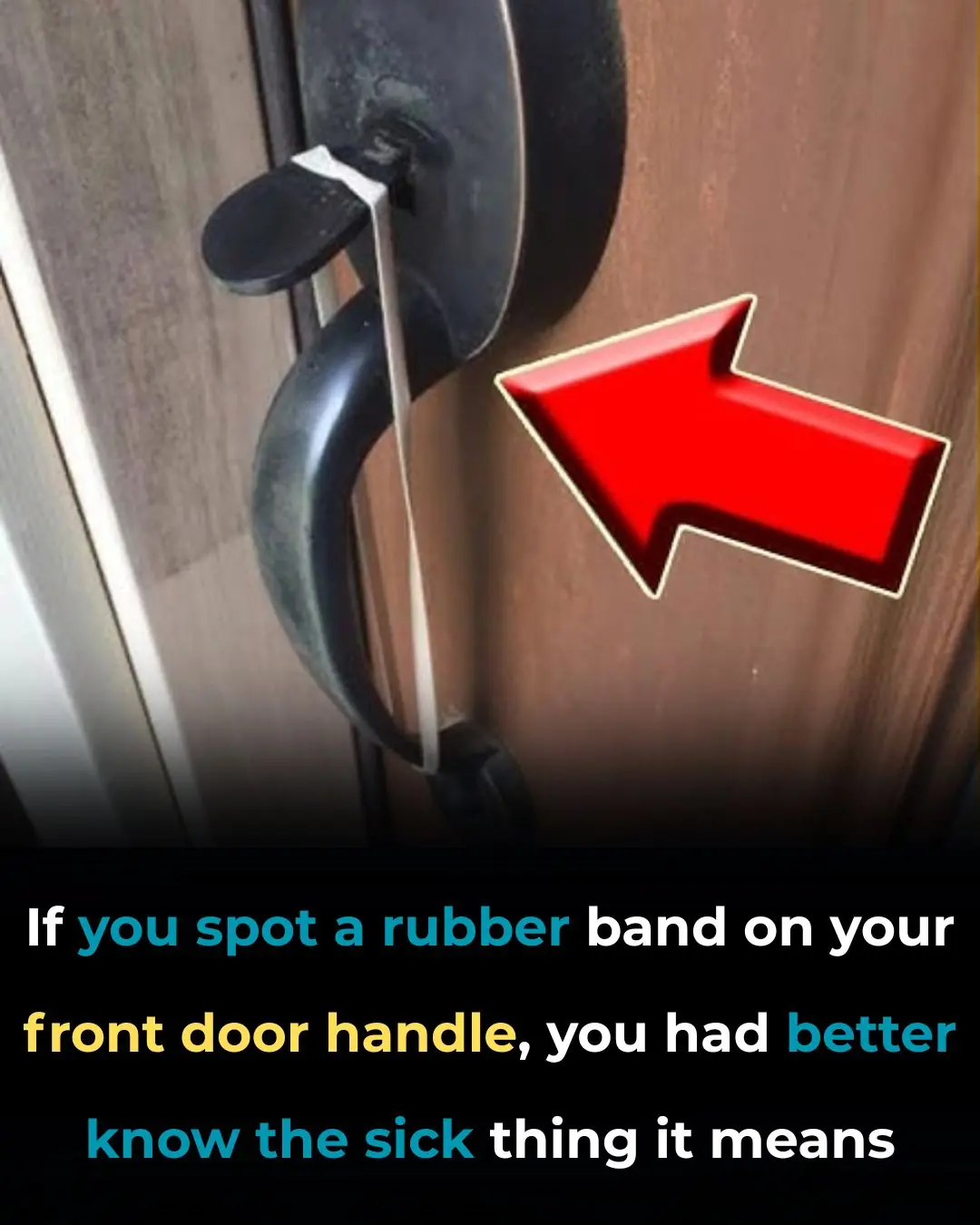
A Child Tragically Dies After Biting a Thermometer: What You Must Know When a Thermometer Breaks
In a heartbreaking incident that has raised alarms among parents and caregivers, a young child recently lost their life after accidentally biting and breaking a mercury thermometer. This tragic event serves as a grim reminder of the potential dangers that everyday household items can pose if not handled properly. It is crucial for everyone to understand what to do immediately when a thermometer breaks, especially one containing mercury—a highly toxic substance.
Mercury thermometers, although becoming less common today due to digital alternatives, are still found in many homes, especially in older medical kits. They are often used because of their accuracy in reading body temperature. However, what many people fail to realize is that these thermometers can be extremely dangerous if broken, especially when mercury is involved. Mercury is a heavy metal that is toxic to humans. When a mercury thermometer breaks, small beads of mercury are released. These beads can evaporate and turn into a colorless, odorless vapor that is harmful when inhaled. Ingestion, as in the unfortunate case of the child, can be even more dangerous and potentially fatal.
When the child bit into the thermometer, the glass shattered and the mercury inside was ingested. Despite efforts by medical professionals, the damage was already too severe. Mercury poisoning can affect the kidneys, lungs, and brain, and in large enough quantities, it can lead to death. Children are particularly vulnerable because their bodies are still developing, and they may not recognize the danger posed by shiny liquid metal.
This tragedy emphasizes the need for awareness and quick action in the event that a thermometer breaks. If you or someone around you breaks a mercury thermometer, do not panic—but do act fast and carefully. First and foremost, remove people and pets from the area immediately. Open windows and doors to ventilate the room. Never use a vacuum cleaner to clean up mercury, as it can spread the vapors further. Use cardboard or stiff paper to gather the mercury beads, and sticky tape to pick up smaller drops. Place the collected mercury and any contaminated items into a sealed container and contact local hazardous waste disposal services for proper disposal. Do not throw mercury in the trash or wash it down the sink.
In addition to cleanup, it's important to monitor anyone who may have been exposed. Symptoms of mercury poisoning include nausea, vomiting, tremors, difficulty breathing, and confusion. If you suspect someone has been exposed to mercury—especially if it has been ingested—seek medical attention immediately. Time is critical in minimizing the effects of mercury poisoning.
In the wake of this tragedy, it is also time for families to reconsider the types of thermometers they use. Digital thermometers are inexpensive, accurate, and most importantly, safe. They do not contain mercury and pose no risk of poisoning if broken. Making the switch is a small change that could potentially save a life.
In conclusion, the loss of a young child due to mercury poisoning from a broken thermometer is a devastating reminder that we must not underestimate the hazards hidden in our homes. Awareness, education, and preparation are key to preventing similar incidents. By understanding the risks and knowing how to respond, we can better protect our families and ensure that no more lives are lost due to preventable accidents like this one.
News in the same category


Stroke Often Targets People Who Exercise This Way: Change Your Habits Now If This Is You

Doctor Warns: New COVID Variant Could Mimic Allergy Symptoms

Experts Warn: Highly Infectious "Stratus" Now Dominant COVID Strain

British Woman in Coma After Tattoo During Bachelorette Trip to Spain

The link between ovarian and breast cancer

Doctors couldn’t believe what they saw during the ultrasound

Unlock Your Glow: The Science-Backed Vitamins and Foods for Radiant Hair, Skin, and Nails

The Unsettling Truth About Hot Dogs and Processed Meats

10 Simple Ways to Help Your Body Detoxify and Cleanse Itself

Woman Mistakes Deadly Illness For Perimenopause—Dies Suddenly

ScienceScientists Found The Hidden Factor Behind the Global Infertility Crisis, And It’s Terrifying

Chilling Simulation Shows How Cancer Takes Over The Body—Viewers Horrified

Rubbing Ginger on the Soles of Your Feet Before Bed: Discover the ‘Miraculous’ Health Benefits

5 Common Recurring Illnesses That May Be Warning Signs of Cancer

Stage 3 Colon Cancer Discovered Through a Symptom That Occurred 10 Times a Day

Mold Illness: What It Is and Hidden Signs You Have It

Cold Water vs. Warm Water: Which is Better For Your Health?

How to Get Rid of Bad Breath (Halitosis): Scientifically Proven Home Remedies
News Post

25-Year-Old Groom Dies from Acute Liver Failure After Eating Chicken – Doctors Warn of One Critical Danger!

Stroke Often Targets People Who Exercise This Way: Change Your Habits Now If This Is You

Brain Scans Reveal The World Happiest Man: His Secrets Is Very Simple

Kids With Kids: Where Are Britain’s Youngest Parents Now

Parents Are Quietly Admitting Something Heartbreaking—And It’s Time We Listened

3 Major Cities That Could Vanish If The ‘Doomsday Glacier’ Collapses

If You Ever Notice Your Door Handle With A Rubber Band On It DO NOT Touch It

Doctor Warns: New COVID Variant Could Mimic Allergy Symptoms

Experts Warn: Highly Infectious "Stratus" Now Dominant COVID Strain

British Woman in Coma After Tattoo During Bachelorette Trip to Spain

The link between ovarian and breast cancer

My MIL Tried to Ru in My Life, but a Stranger’s Secret Changed Everything
When I stopped to buy a knitted bunny from the old woman on the corner, I had no idea how it would disrupt my mother-in-law Eloise’s plans. That simple act set off a chain of events, unearthing secrets Eloise had tried so hard to bury. It was the moment

Mother of the Groom Accu sed of Ru ining Wedding After Wearing "Wrong" Dress — But Was She Really Wrong?
All Charlotte wanted was to support her son on his big day, but when her outfit sparked drama with the bride, accu$ations flew. Did she cross a line—or was it all a misunderstanding?

Grandma's Will Left Me Nothing—Until I Uncovered Her Hidden Plan
Discover the powerful story of how a woman fought to save her family farm and uncovered her grandmother’s secret plan that changed her life forever. A story of resilience, betrayal, and family legacy.

An Unknown Girl's Words Drive the Bride to Faint at Her Own Wedding

You’re a Predator, Not His Wife!’ – My Father-in-Law’s Venomous Words Publicly Destroy Me
Elena’s life with her fiancé Andrey is turned upside down when his father, Viktor Pavlovich, publicly insults her, accusing her of being a gold digger. As tensions rise and Andrey remains silent, Elena uncovers dark secrets about his family’s busines

Mother-in-Law Accuses Me of Bewitching Her Son – But the Sh0cking Truth About Our Family Shatters Everything!
Elena’s relationship with her mother-in-law, Margarita Pavlovna, has always been strained. But when Elena and Anton announce their pregnancy after years of struggle, Margarita’s harsh comments and disruptive behavior reach a breaking point. With tensi

The Medical Staff Was Mesmerized by the Newborn – Then Came a Moment That Gave Everyone Goosebumps!
When Amira’s son Josiah was born, everything seemed ordinary — except for one thing: his heartbeat. It was perfect, too perfect, and soon, strange events began unfolding around him. From synchronized monitors to an uncanny ability to calm others, Josi

My 5-Year-Old's Question ‘Mom, Do You Want to Meet Your Clone?’ Unveiled a Secret I Never Expected
A week before her wedding, Emily’s five-year-old daughter mentions a mysterious "clone" she’s been seeing. At first, Emily laughs it off, but when a hidden camera reveals an unsettling truth, the secrets buried since her birth come to light, unravelin